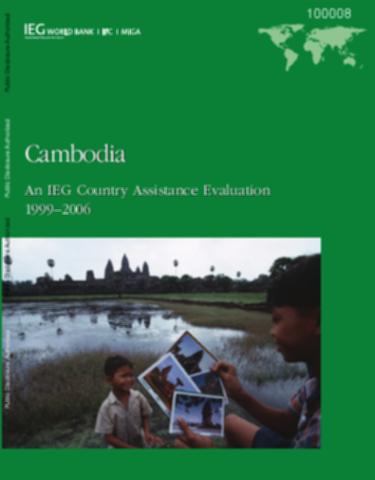Resource information
Cambodia emerged in the early 1990s from 30 years of conflict, the brutal Khmer Rouge era, and a decade of Vietnamese occupation, with one of the world’s lowest per-capita incomes, and with social indicators far behind those of neighboring Southeast Asian countries. Physical infrastructure had been largely destroyed. United Nations intervention led to a peace agreement in 1991, a new constitution, elections, and formation of a coalition government, although a reduced level of conflict and political instability continued until the late 1990s. The government began a process of economic liberalization in the late 1980s which has been sustained. The donor world responded rapidly to Cambodia’s huge resource need with a high level of concessional aid which has been sustained. Since the mid-1990s the economy has been growing steadily; by 2006, per-capita incomes were double the 1998 level and the incidence of poverty had been significantly reduced. Social indicators have improved, generally to above the average for low-income countries, but are still well below those for most Southeast Asian countries. The Bank has focused on governance issues with increasing intensity in each succeeding country assistance strategy, and has worked with other donors in a number of areas. Progress has been made on certain governance-related issues such as public financial management, including expenditure reorientation, the poverty focus in health and education services, and support for decentralized, community-based development programs.


